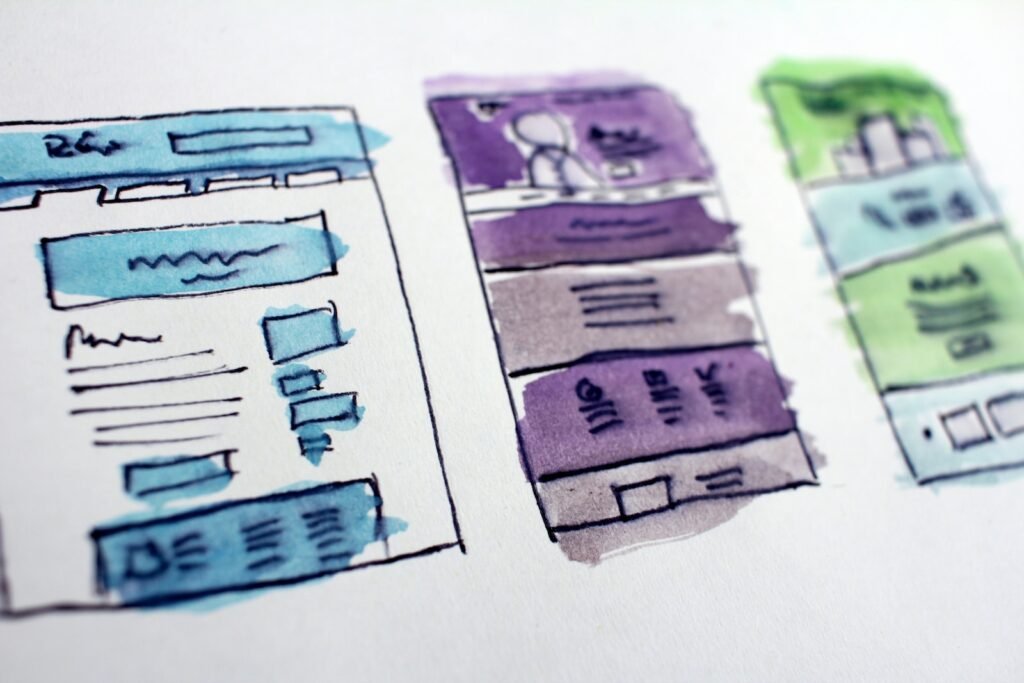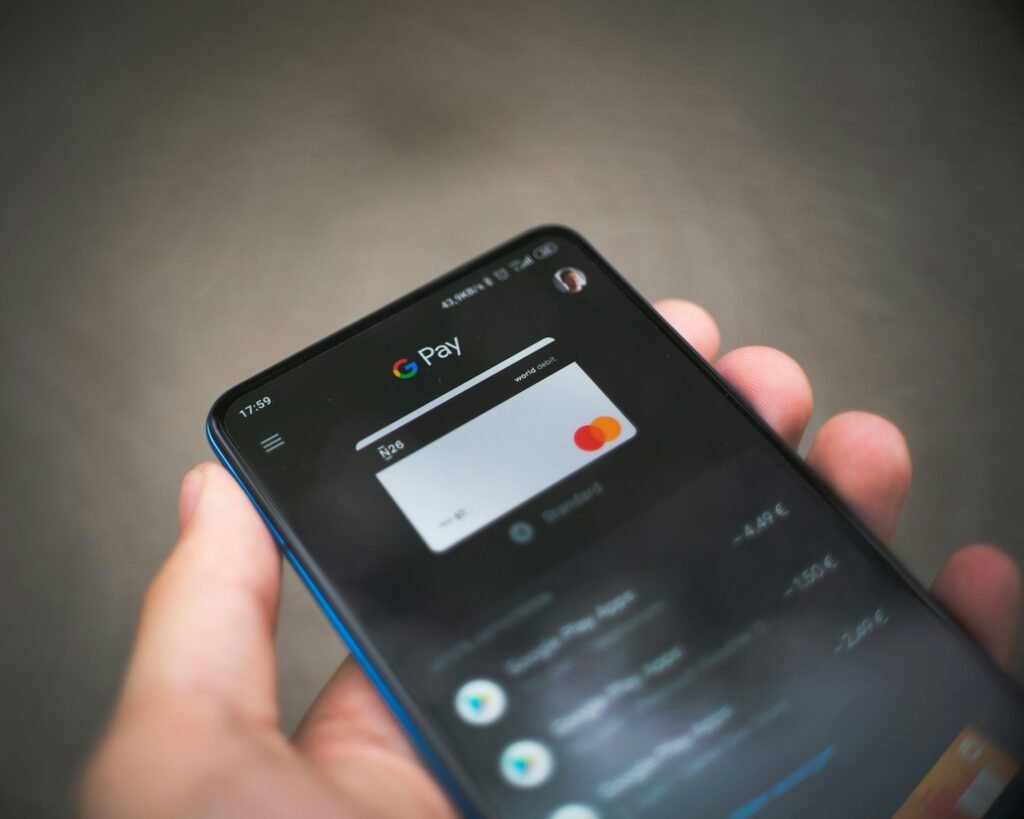
User-friendly web design prioritizes visitor needs. This creates an enjoyable experience that encourages engagement while meeting business goals.
Minimalism and functionality are at the core of user-friendly design. Form fields must be designed with ease of use in mind, offering clear labels and instructions, which improve accessibility for all users – including those with cognitive disabilities.
Usability
User-friendly designs ensure website visitors can quickly and efficiently find what they are searching for, thus increasing engagement and increasing chances of conversion – whether that means filling out a contact form, making a purchase or subscribing to newsletters – which in turn helps businesses build their brands and generate revenue.
To design an accessible website, it is crucial that designers understand how users think and their needs. Usability testing provides one method of doing just this by observing and interviewing real website visitors to identify any areas for improvement; then making changes accordingly to make your site more user-friendly.
Jakob Nielsen, often considered the “guru” of usability, identified five components of an ideal user-friendly product: Learnability, Efficiency, Error Prevention, Memorability and Satisfaction. These can be applied to websites or apps; for instance a banking app would qualify if its design makes navigation easy with clear instructions for how to complete tasks.
An integral element of user-friendly website design is providing a recognizable aesthetic. To accomplish this, use of a style guide or brand book can serve as a useful reference when designing new images, features or modules. Furthermore, testing on different devices and browsers should ensure proper functionality of the site.
UX web design requires that all content on a website be relevant and up-to-date, which can be achieved by devising a content strategy which details which pieces are needed at each stage of customer journey (awareness, interest, consideration and conversion). Once created, this information must then be applied appropriately on pages across your website.
Final consideration is staying up-to-date with the latest technologies and web design trends, to provide your customers with a better experience while keeping your website current with best practices. It would also be wise to test it regularly so as to ensure it still meets customer expectations.
Convenience
User-friendly websites are intuitive and straightforward for visitors to navigate, providing an enjoyable user experience across all pages of the site. As a result, visitor satisfaction and engagement is high while conversion rates increase exponentially – something businesses who invest in user-friendly websites will reap in terms of brand reputation and credibility enhancement, increased business revenue and customer loyalty.
User-friendly websites also simplify the management and updating processes, cutting costs and downtime significantly for small- and mid-sized businesses with limited resources to hire full-time web developers. Furthermore, user-friendly sites are easier to troubleshoot and fix when errors arise, helping prevent security breaches or technical issues that are costly to address.
As the Internet continues to develop and diversify, businesses must ensure their websites are user-friendly and accessible for all visitors. This means making sure all images include alt text, content is clearly marked up with meta tags, forms are compatible with screen readers, comment boxes or opinion polls or email forms that allow visitors to engage with your site and customize their experience are added where relevant.
Studies have demonstrated that online users form their initial opinions of websites within 50 milliseconds, with up to 80% of these first impressions forming around design factors. By investing time into creating user-friendly sites with usability best practices in mind, businesses will increase traffic, lower bounce rates and boost conversions. Search engines now place a greater emphasis on user friendliness of website designs – particularly Google with its Page Experience updates that directly impact SEO; creating user-friendly sites will have a huge effect on SEO rankings!
Flexibility
User-friendly websites put the needs of their visitors first, leading to higher levels of engagement and conversion as well as decreased costs associated with customer support and site maintenance. They also tend to show better returns on investment as fewer resources need be invested for customer support or maintenance of the site itself.
One effective strategy to create an accessible website is making it responsive across various devices. This feature adjusts text, images and columns accordingly to meet the screen size of each device; additionally it enables repositioning navigation elements and call-to-action elements – increasing user satisfaction overall.
Additionally, to make your website more user-friendly is by including search functionality and internal linking. Also essential is providing clear navigation menus and limiting clutter on pages – simple designs appeal more to visitors and will keep them engaged longer with your site.
Initial impressions can make or break a website’s usability. A user-friendly design provides visitors with an intuitive interface that guides them through content to deliver what they’ve come for, with vibrant colors and easy-to-read typography for an appealing presentation that builds trust between visitors and the site itself.
Utilizing web analytics tools, website owners can identify any barriers preventing their visitors from taking action – for instance filling out contact forms or subscribing to newsletters. A user-friendly website features forms that are simple to find, fill out, submit and track. Short fields with recognizable labels provide clear instructions which increase conversion rates.
An accessible, user-friendly design will improve the usability and accessibility of a website for people with disabilities. Incorporating features like alt tags for images, captions for videos and intuitive keyboard navigation to ensure all visitors can easily access and navigate your site is essential to its success.
An excellent user experience should result in lower bounce and click-through rates and conversions rates, and more users returning. A website failing to meet these standards will leave visitors disappointed and disenchanted; consequently they won’t return. Implementing usability best practices can increase engagement, conversions, and ultimately its bottom line.
Visual Appeal
As is often stated, beauty lies in the eye of the beholder.” Yet visual appeal still plays a critical role in website usability; visitors only have milliseconds to form an initial impression and create their first impression of any website they visit. User-friendly web designs feature aesthetic elements such as color schemes, fonts, imagery and overall design aesthetics that evoke emotions while creating brand identities while increasing site usability.
While some designers may insist that functionality should take priority over aesthetics, web users demand both. A website that lacks aesthetic appeal but is functional may find themselves losing visitors quickly; creating the ideal website requires finding an equilibrium between functionality and appealing visual design that won’t drive customers away quickly. It is an intricate balance that must be struck; hence why the best websites feature both features simultaneously.
Visually appealing websites tend to receive higher marks when evaluated for user-friendliness. According to research from Christine Phillips, users are more likely to give websites with high levels of visual appeal higher marks in user evaluations than ones which are highly functional but less visually appealing.
Small businesses should prioritize implementing user-friendly websites and the essential design elements that create attractive, accessible sites with ease of navigation in mind. A well-crafted site can help them attract and retain customers, increase sales and enhance customer satisfaction as well as boost search engine rankings and increase site traffic.
User-friendly websites are invaluable tools for small businesses, serving as storefront, representative, salesperson and primary means of communication between the business and its audience. A user-friendly website design should strive to be as seamless and enjoyable for visitors as possible by including elements such as clear navigation, mobile responsiveness, fast loading speeds, readable typography, appropriate white space as well as clean grids and layouts throughout its entirety – these elements contribute to a user-friendly experience and should be implemented throughout its entirety.


